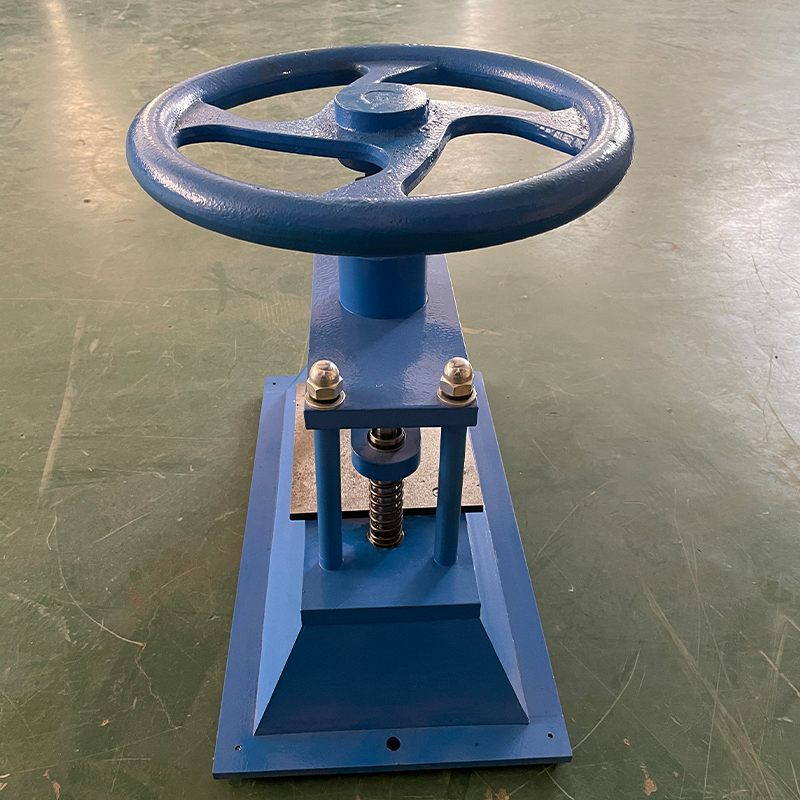Tensile Strength and Yield Testing Apparatus for Material Performance Evaluation
The Importance of the Tensile Yield Tester in Material Science
In the field of material science and engineering, understanding the properties of materials is fundamental. One of the most critical metrics in characterizing materials is their tensile strength, which informs us about how much force a material can withstand while being stretched or pulled before failing. The tensile yield tester plays an essential role in evaluating this property, enabling engineers and scientists to ensure that materials meet specific standards for various applications.
What is a Tensile Yield Tester?
A tensile yield tester is a device used to measure the yield strength, tensile strength, elongation, and other mechanical properties of materials under tensile stress. It typically consists of two main grips that hold a sample material tightly at both ends while applying a controlled tensile force. The device can either be manual or automated, and it often includes advanced data acquisition systems to record the results accurately.
Components of a Tensile Yield Tester
Most tensile yield testers comprise several key components
1. Testing Frame The structural support that holds the grips and the testing mechanism. It must withstand significant force without deformation to ensure accurate results.
2. Grips These hold the material samples securely during testing. Different types of grips may be used depending on the material being tested, including pneumatic, hydraulic, or mechanical grips.
3. Load Cell This is a critical component that measures the amount of force applied to the material. The load cell transmits data to the digital display or computer system for analysis.
4. Crosshead This part moves upward or downward, applying tension to the sample. The speed of the crosshead can be adjusted to test materials at different rates.
5. Data Acquisition System Modern tensile yield testers come equipped with software that records and analyzes data, producing graphs that display stress-strain relationships and other vital information.
The Testing Process
The testing process begins with the selection and preparation of the material sample. Samples must be cut to precise dimensions according to relevant standards, such as ASTM or ISO. Once prepared, the sample is positioned in the grips of the tensile yield tester.
As the test begins, the crosshead moves at a pre-establish rate, applying increasing tension to the sample. This continues until the material reaches its yield point—the point at which it begins to deform plastically and will not return to its original shape. The tester records this data, allowing engineers to determine critical properties such as yield strength and ultimate tensile strength.
tensile yield tester

Applications of Tensile Yield Testing
Tensile yield testing is applicable across various industries, including
- Construction To ensure that materials like steel and concrete can withstand the stresses placed upon them in structures. - Manufacturing For quality control to ensure that the materials being used in production meet the necessary strength specifications.
- Aerospace and Automotive In these industries, materials are subjected to extreme conditions and must have predictable mechanical properties, making tensile yield testing crucial.
- Research and Development Scientists and engineers use tensile testing to develop new materials, enhancing their strength and durability for advanced applications.
Advantages of Using a Tensile Yield Tester
Utilizing a tensile yield tester offers numerous advantages
1. Precision The tester provides accurate measurements, reducing the risk of material failure.
2. Standardization It allows for standardized testing, ensuring consistency across different batches of materials.
3. Versatility Many testers can assess a wide range of materials, from metals to plastics, making them suitable for diverse applications.
4. Data Analysis The inclusion of a digital system aids in interpreting results, providing insights into material behavior under stress.
Conclusion
The tensile yield tester is an indispensable tool in material science and engineering, providing essential data that informs the selection and application of materials across various industries. Its ability to accurately assess tensile properties ensures that materials used in construction, manufacturing, and technology meet necessary standards for safety and performance. As industries evolve and demand for new materials increases, the role of the tensile yield tester will only become more critical, driving innovation and ensuring material safety in a complex world.
-
Why the Conductor Resistance Constant Temperature Measurement Machine Redefines Precision
NewsJun.20,2025
-
Reliable Testing Starts Here: Why the High Insulation Resistance Measuring Instrument Is a Must-Have
NewsJun.20,2025
-
Flexible Cable Flexing Test Equipment: The Precision Standard for Cable Durability and Performance Testing
NewsJun.20,2025
-
Digital Measurement Projector: Precision Visualization for Modern Manufacturing
NewsJun.20,2025
-
Computer Control Electronic Tensile Tester: Precision and Power for the Modern Metal Industry
NewsJun.20,2025
-
Cable Spark Tester: Your Ultimate Insulation Assurance for Wire and Cable Testing
NewsJun.20,2025
 Copyright © 2025 Hebei Fangyuan Instrument & Equipment Co.,Ltd. All Rights Reserved. Sitemap | Privacy Policy
Copyright © 2025 Hebei Fangyuan Instrument & Equipment Co.,Ltd. All Rights Reserved. Sitemap | Privacy Policy
